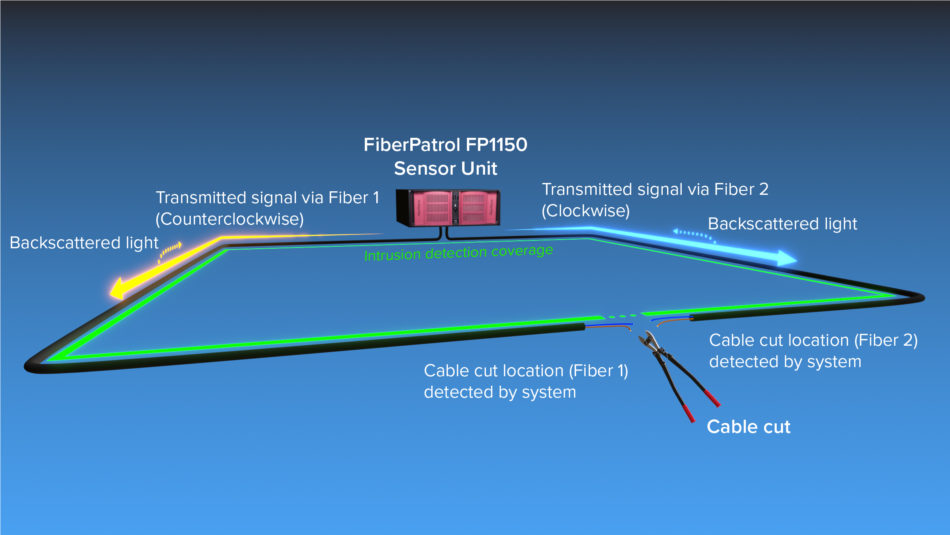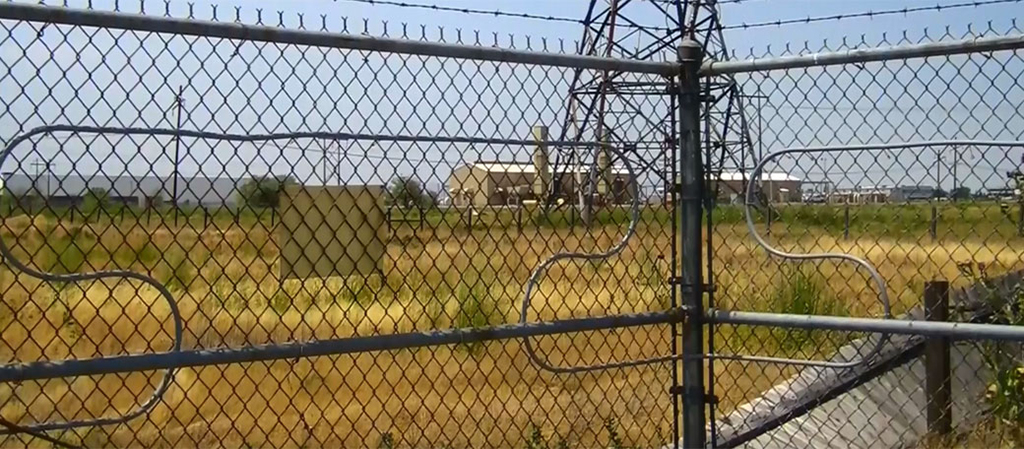The Role of Fiber Security in Strengthening Your Digital and Physical Security Network
Why Fiber Optic Safety And Security Solutions Are the Future of Security
The shift to fiber optic protection systems marks a significant development in the realm of security, driven by their remarkable data transmission capabilities and strength to exterior disturbances. As the landscape of safety advances along with emerging modern technologies such as AI and IoT, the potential for fiber optics to enhance and redefine safety and security infrastructures becomes significantly noticeable.
Benefits of Fiber Optic Solutions
One of the main advantages of fiber optic systems is their exceptional bandwidth ability, which promotes the transmission of huge volumes of data over fars away without substantial loss. This particular is especially useful for protection applications that call for the constant monitoring and transfer of high-def video clip feeds, sensor information, and various other important info. Fiber optics can suit the expanding demands of modern security systems, making sure that data stays undamaged and trustworthy.
Furthermore, fiber optic cables are much less susceptible to electro-magnetic disturbance, which can be a significant problem in atmospheres with numerous electronic devices. This resistance boosts the honesty of the data being transferred, thus decreasing the danger of data violations or system failures. Fiber optic systems are naturally much more safe than conventional copper cords, as tapping into a fiber optic line without detection is exceptionally difficult.
The durability of fiber optic cables also adds to their allure. They are immune to environmental aspects such as dampness and temperature changes, lowering maintenance expenses and raising system longevity. Generally, these benefits setting fiber optic systems as a robust and efficient option for modern-day security frameworks, ensuring reputable and safe and secure data transmission.
Enhanced Data Transmission Speed

The ability to send vast amounts of data rapidly promotes the smooth integration of high-definition video clip feeds and progressed analytics. Protection systems can currently process and evaluate info in real-time, enhancing action times and situational awareness. Additionally, fiber optic connections support longer transmission distances without destruction of signal quality, making them optimal for expansive safety and security networks.
The boosted speed of fiber optic systems not just improves the performance of protection procedures however additionally reduces latency. This is particularly important in vital circumstances where timely decision-making can avoid safety violations or alleviate potential dangers. As companies remain to prioritize safety and effectiveness, the need for fast and reliable information transmission will certainly solidify fiber optic systems as a foundation of modern-day safety facilities.
Resistance to Disturbance
Fiber optic protection systems continually show outstanding resistance to electromagnetic disturbance, a critical benefit in settings susceptible to electronic sound. Unlike standard copper cable televisions, which can be adversely influenced by magnetic fields, radio regularity disturbance, and other kinds of electrical disturbance, fiber optic cords utilize light to send data. This integral residential or commercial property ensures that the signals remain clear and unchanged, no matter bordering electronic task.
Using glass or plastic fibers in fiber optic modern technology develops an obstacle versus interference, permitting reputable data transmission even in tough circumstances such as commercial facilities, city locations with high electronic web traffic, or locations near radio towers. This characteristic considerably decreases the probability of signal deterioration or loss, making fiber optic systems particularly ideal for safety applications where integrity and accuracy of information are extremely important.
Additionally, this resistance to disturbance enhances the general performance and integrity of safety and security systems, ensuring that tracking and sharp systems function seamlessly. In a globe where safety is progressively intimidated by innovative innovations, the durability of fiber optic systems stands out as a critical function, strengthening their standing as a vital component of contemporary safety framework.
Cost-Effectiveness With Time
Significant expense savings can be attained over time with the implementation of fiber optic safety and security systems. While the preliminary investment may seem higher contrasted to typical copper-based systems, the lasting economic advantages emerge with decreased operational and maintenance expenses (fiber security). Fiber optic cords are naturally a lot more long more helpful hints lasting and less susceptible to environmental elements, which translates to lower substitute and fixing expenses over their lifespan
Furthermore, fiber optic systems need much less power to operate, which even more lowers energy prices. Enhanced information transmission capabilities permit for less repeaters and amplifiers, lessening equipment financial investment and improving installment processes. The scalability of these systems additionally adds to cost-effectiveness, as organizations can increase their safety infrastructure without incurring substantial additional costs.
Another element to think about is the boosted efficiency in tracking and feedback capacities that fiber optics give. Boosted real-time data transmission can cause quicker incident action times, possibly mitigating losses and liabilities connected with security breaches. In amount, the lasting benefits of fiber optic security systems not only validate the preliminary expense yet also place them as a financially prudent option for companies looking for durable defense remedies.

Future Developments in Protection
Advancing innovations are readied to change safety and security systems, integrating artificial knowledge (AI) and artificial intelligence to boost hazard detection visit this web-site and feedback capacities. These technologies will certainly enable safety systems to analyze large amounts of information in real-time, recognizing patterns and abnormalities that indicate possible threats. This proactive method will allow much faster decision-making and extra efficient case responses.
Additionally, the incorporation of the Web of Things (IoT) is leading the way for interconnected safety gadgets, providing detailed monitoring and tracking. Smart sensing units can pass on details concerning ecological modifications, while automated informs can inform safety employees promptly of questionable tasks.
Additionally, the advancement of biometric innovations will even more boost safety systems. Facial acknowledgment, finger print scanning, and retina recognition are ending up being extra sophisticated, supplying layers of authentication that are tough to bypass.
Final Thought
In conclusion, fiber optic safety systems stand for a significant advancement in defense innovation, offering exceptional data transmission speed, resistance to electromagnetic disturbance, and long-lasting cost-effectiveness. As the demand for innovative safety and security solutions remains to expand, the integration of optical fiber more information with emerging modern technologies such as AI, IoT, and biometrics will further boost safety and security infrastructures (fiber security). The combination of these technologies will make certain a more safe and secure and responsive setting, strengthening optical fiber as a foundation of future safety and security systems